- Rio Tinto invests US$2.4 billion in Jadar lithium borate project in Serbia

Rio Tinto has pledged to invest US$2.4 billion in the Jadar lithium borate project in Serbia, one of the largest greenfield lithium mining and processing projects in the world. The project still needs to obtain all relevant approvals, permits and licenses, and continue to engage with local communities, the Serbian government and civil society. The Jadar project will expand Rio Tinto’s exposure to battery materials and demonstrate the company’s commitment to investing capital in a disciplined manner to further strengthen its portfolio in the global energy transition.
Committed to developing the market
Jadar will produce battery-grade lithium carbonate, a key mineral used in electric vehicles and large batteries that store renewable energy, and will position Rio Tinto as Europe's largest source of lithium supply for at least the next 15 years. In addition, Jadar will produce borates for use in solar panels and wind turbines. Jadar will become one of the largest industrial investments in Serbia, contributing 1% directly to GDP and 4% indirectly. Many Serbian suppliers have participated in the construction of mines. Rio Tinto said it is committed to helping develop local businesses so that they can support operations in the coming decades. It will also be an important employer, creating 2,100 jobs during construction and 1,000 mining and processing jobs during production.
Rio Tinto CEO Jakob Stausholm said: “We are confident in the Jadar project and are ready to invest in the case of approval. Driven by the global energy transition, Serbia and Rio Tinto will be able to seize the rise in lithium demand. With the coming opportunity, the project will strengthen our product supply, especially to the European market. It can provide enough lithium to power more than 1 million electric vehicles every year.” He added: “Rio Tinto geologist The Jadar deposit and its unique mineral jade, discovered in 2004, contain high-grade boron and lithium mineralization, supporting the long-life operation of the two products in the first quartile of the cost curve. We are committed to maintaining the highest environment Standards, and build a sustainable future for the communities in which we operate. We recognize that in the process of advancing this project, we must listen to and respect the opinions of all stakeholders."
Innovative mining methods
Rio Tinto said it continues to work with local and global experts on all aspects of environmental, social and governance impacts and has been doing this for many years. "For example, to date, we have completed 12 environmental studies and more than 23,000 air and water biological, physical and chemical analyses. This consultation is ongoing and will continue to inform us of the final approval documents."
The Jadar development project will include an underground mine and related infrastructure and equipment, including electric trucks, and a chemical processing plant for mineral processing. In order to minimize the impact on the community, it will be constructed in accordance with the highest environmental standards, including the use of dry tailings. This innovative method allows the gradual recovery of dry tailings with vegetation and soil, without the need for tailings dams. Water management will be the most advanced, equipped with dedicated facilities, so that approximately 70% of raw water comes from recycled water sources or treated mine water.
It is expected that the first batch of marketable production will be achieved in 2026 in 2026. At that time, the market fundamentals were strong, and it is expected that lithium demand will increase by 25-35% every year in the next ten years. After full production in 2029, the mine will have an annual output of approximately 58,000 tons of lithium carbonate, 160,000 tons of boric acid (B2O3 device) and 255,000 tons of sodium sulfate, making Rio Tinto one of the top ten lithium producers in the world. Based on the annual output of lithium carbonate, Rio Tinto's goal is to produce 2.3 million tons of lithium carbonate within the expected 40-year mine life.
The next step of the project is to seek a mining license and obtain regulatory approval. This includes the approval of an environmental impact assessment (EIA) study, which will soon be open to the public for comments. The start of the project requires an environmental impact assessment, and the construction target is to start in 2022.Editor/GongYan
Comment
 Praise
Praise
 Collect
Collect
 Comment
Comment
 Search
Search


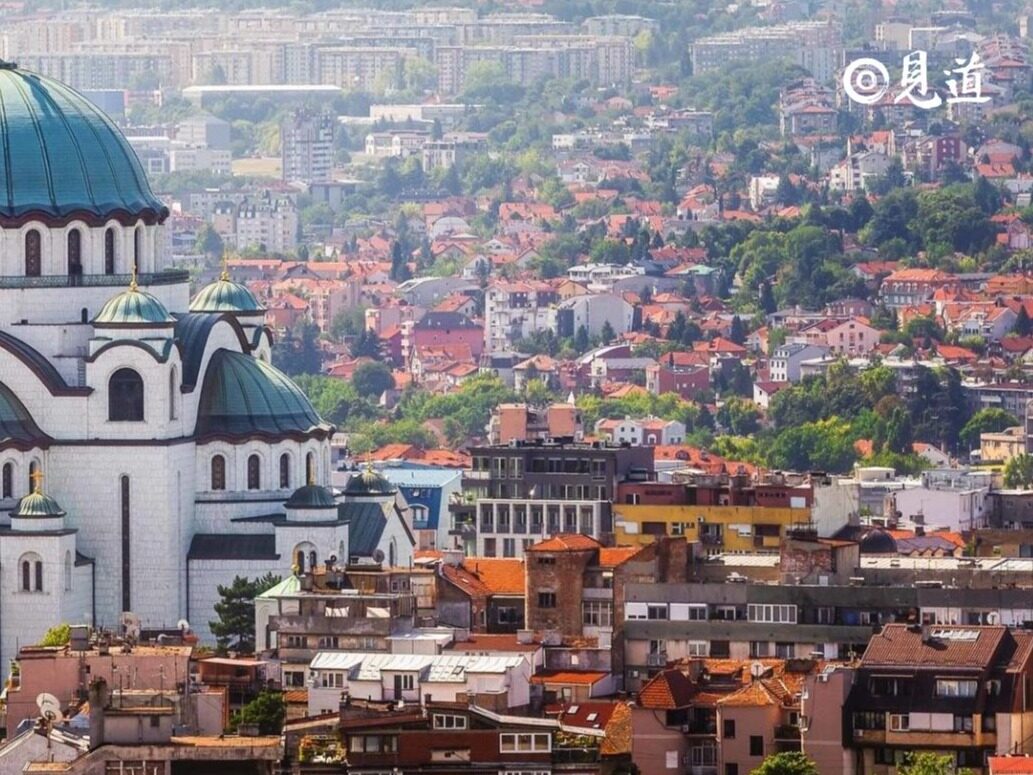

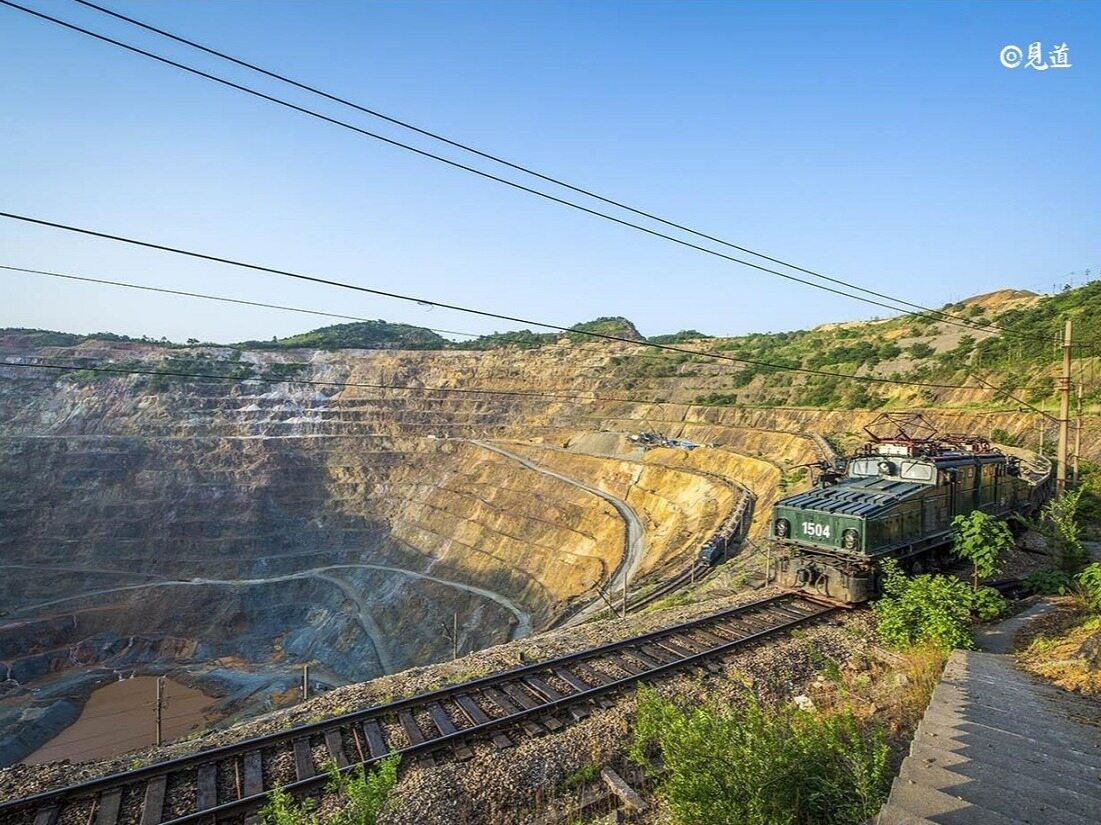
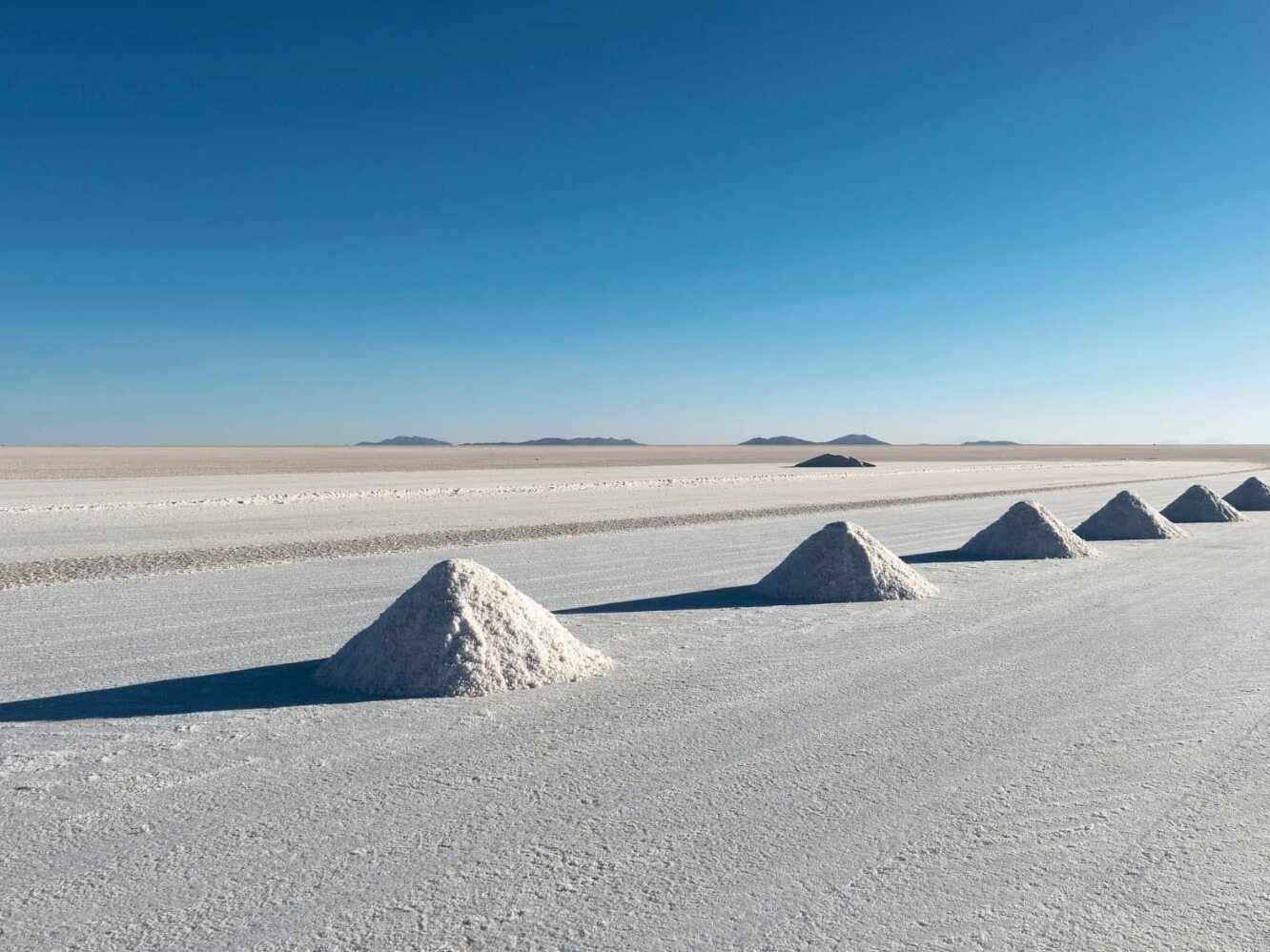
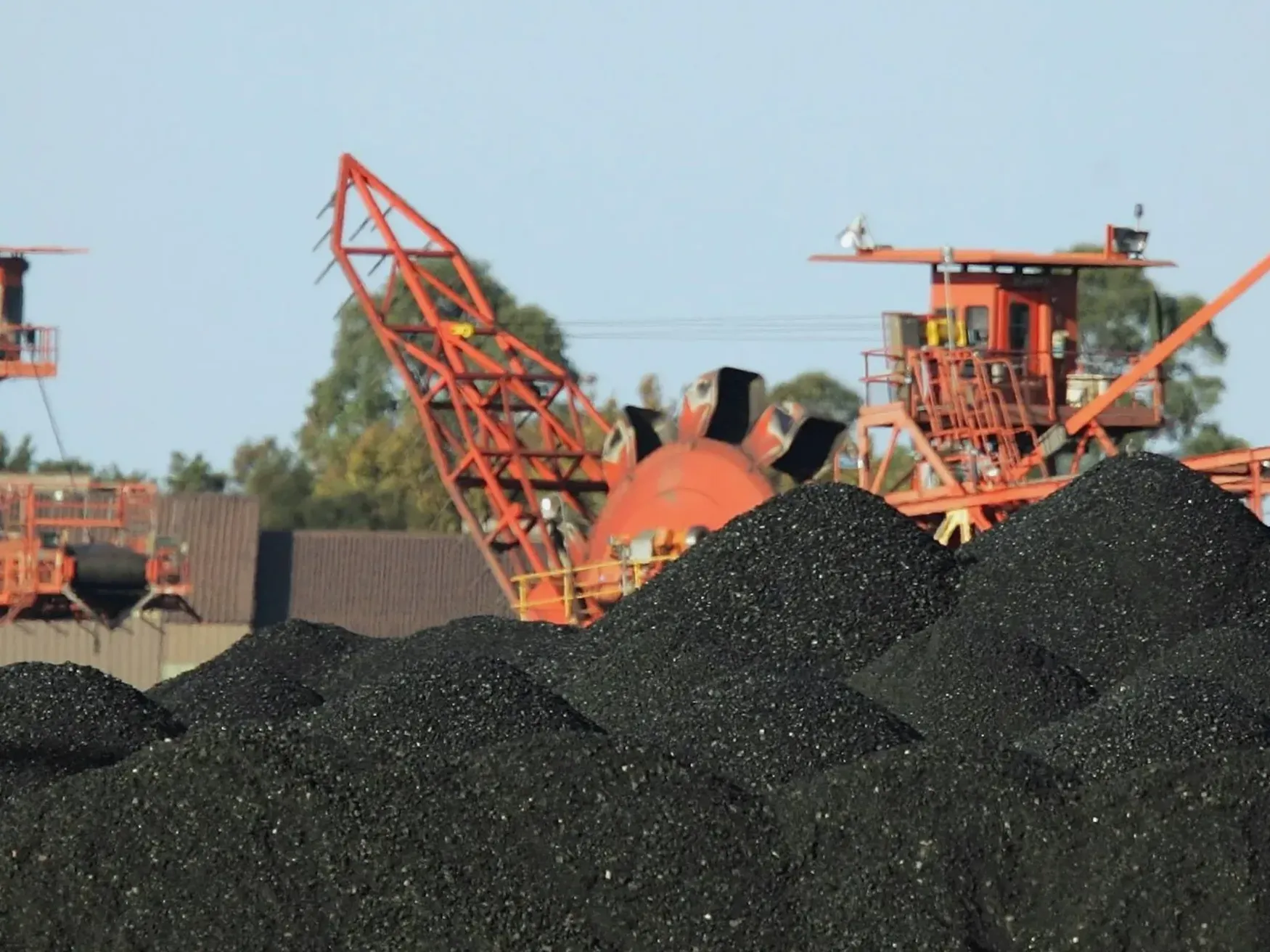
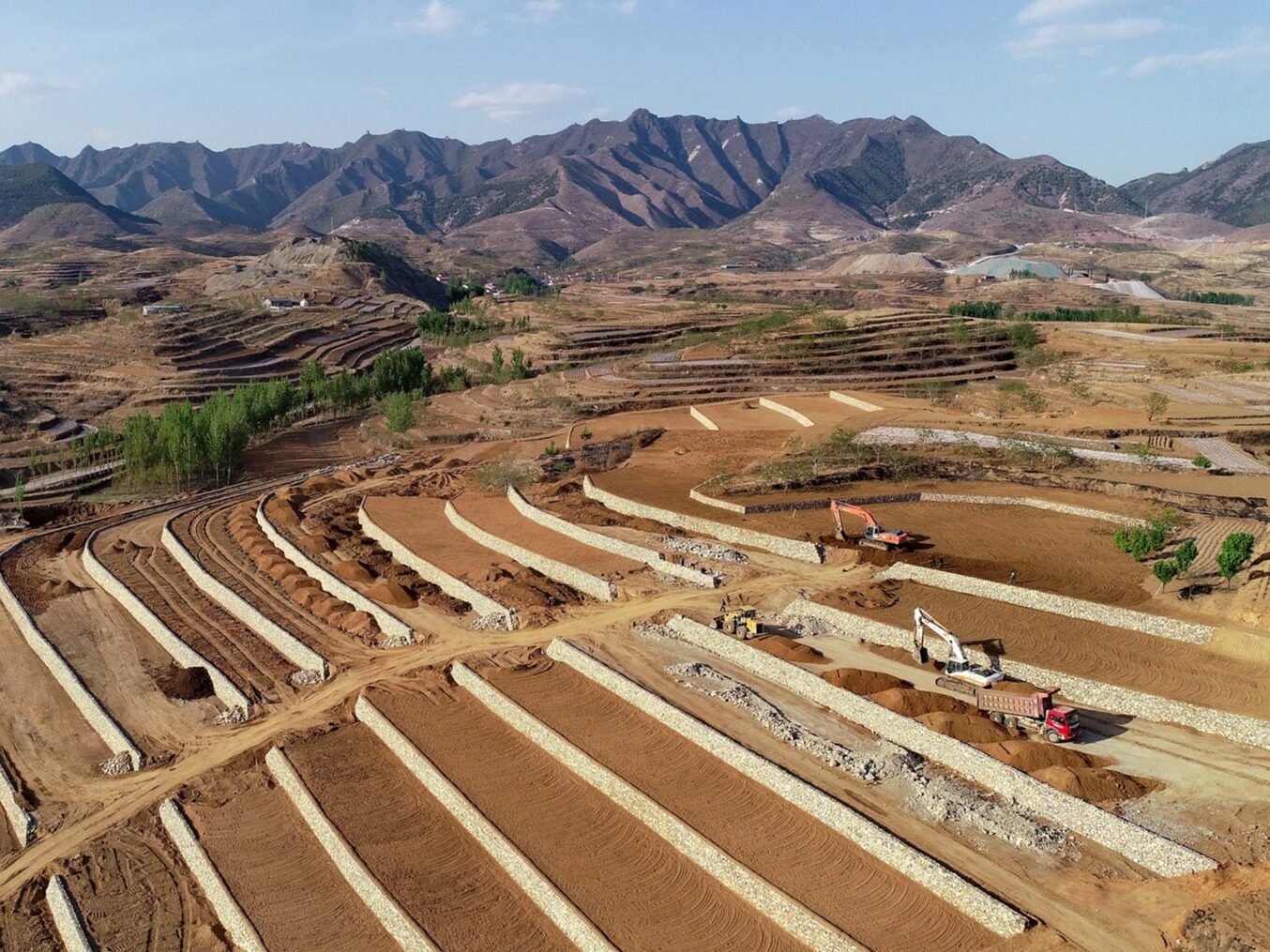






Write something~